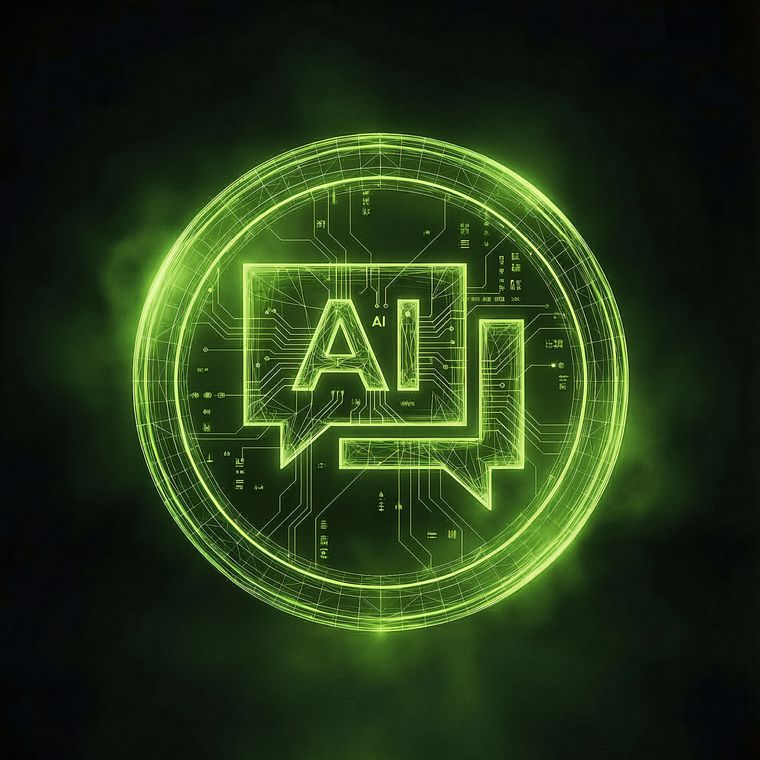Inside the Minds of State CIOs: How Public Leaders Are Shaping AI and Security
State CIOs are leading digital transformation with purpose. Learn how their approach to AI, accessibility, and modernization is reshaping cybersecurity leadership.
October 29, 2025
/
8 min read

Technology leaders everywhere are facing the same headwinds—faster change, tighter budgets, and the urgent need to modernize responsibly.
The 2025 State CIO Survey illustrates this reality across government. In partnership with CompTIA and Grant Thornton, NASCIO surveyed CIOs from all 51 states and territories, revealing how they’re using AI, accessibility initiatives, and modernization efforts to lead through uncertainty.
Their insight reminds us that real leadership isn’t measured by how quickly we adopt new tools, but by how thoughtfully we lead when those tools begin to think with us.
Leadership For a Machine-Speed World
The survey found that “change leader” has overtaken “strategist” and “communicator” as the top leadership trait for state CIOs, a clear sign that agility now defines the modern digital executive.
CIOs described the daily balancing act of driving innovation while managing risk, pushing modernization with limited resources, and maintaining public trust amid constant change. As one leader put it, “Every day requires agility across all dimensions of leadership.”
That same mindset is transforming cybersecurity. Attackers now move at machine speed, using AI to generate convincing, personalized attacks at scale. Static playbooks and manual detection struggle to keep up.
AI: From Experimentation to Everyday Operations
The 2025 survey shows what most security teams already feel in their day-to-day work—AI has moved past experimentation.
Eighty-two percent of state IT organizations now use generative AI tools in daily operations, up from just 53% last year. Nearly 90% have pilot projects or proofs of concept underway.
But the story isn’t about adoption, it’s about intent. CIOs are deploying AI not for novelty, but to make government work smarter: drafting policy language, translating documents, analyzing budgets, even improving accessibility for citizens.
It’s a reminder that AI’s most meaningful impact emerges when it’s used to serve people, not simply processes.
Accessibility, Modernization, and the Human Imperative
Perhaps the most human insight from the NASCIO report lies in the renewed emphasis on accessibility. Seventy percent of CIO organizations have now embedded digital accessibility in policy, yet more than half report no dedicated funding to sustain those efforts.
The challenge isn’t just compliance, it’s culture. Accessibility, like security, is a collective responsibility. It requires funding, cross-agency collaboration, and systems that adapt to people, not the other way around.
Lessons in Leading Through Change
The survey closes with a simple call to action: “Full speed ahead.” For public and private leaders alike, that means advancing with purpose, modernizing responsibly, implementing AI with integrity, and keeping people at the center of every transformation.
Here are three lessons that transcend sectors:
Lead with clarity, not complexity. CIOs are cutting through bureaucratic inertia with clear communication and measurable outcomes. Security leaders can do the same by tying every AI or automation initiative to real business value; risk reduced, hours saved, threats stopped.
Invest in human capability. AI doesn’t replace expertise; it elevates it. The best leaders equip their teams to interpret, challenge, and guide AI outcomes.
Build trust through transparency. Whether it’s explaining AI decisions or ensuring accessibility compliance, trust grows when organizations share how intelligent systems make choices—not just the results.
Innovation Begins With People
As the survey reminds us, leadership in uncertain times isn’t about knowing what’s next, it’s about building systems and cultures that can adapt when it arrives.
Public sector CIOs are proving that AI can modernize the most complex environments without losing sight of the human mission. In cybersecurity, the same opportunity awaits.
The future belongs to those who lead change with intelligence and empathy and who understand that the most advanced technology still begins with people.
Read the full report to learn more.
Related Posts
Get the Latest Email Security Insights
Subscribe to our newsletter to receive updates on the latest attacks and new trends in the email threat landscape.


